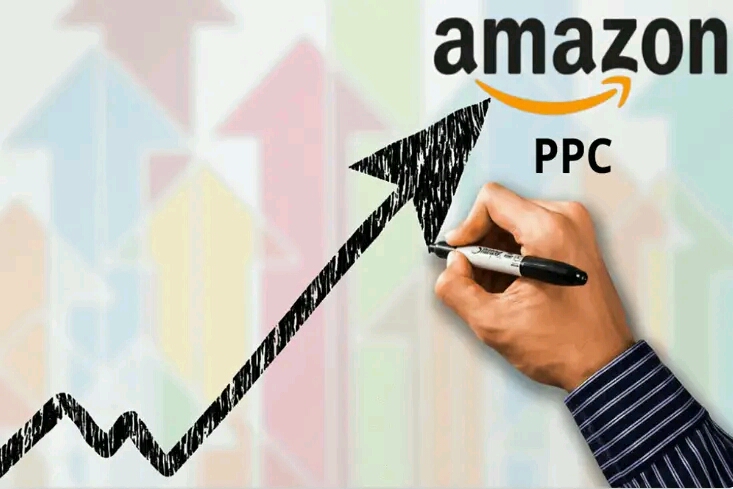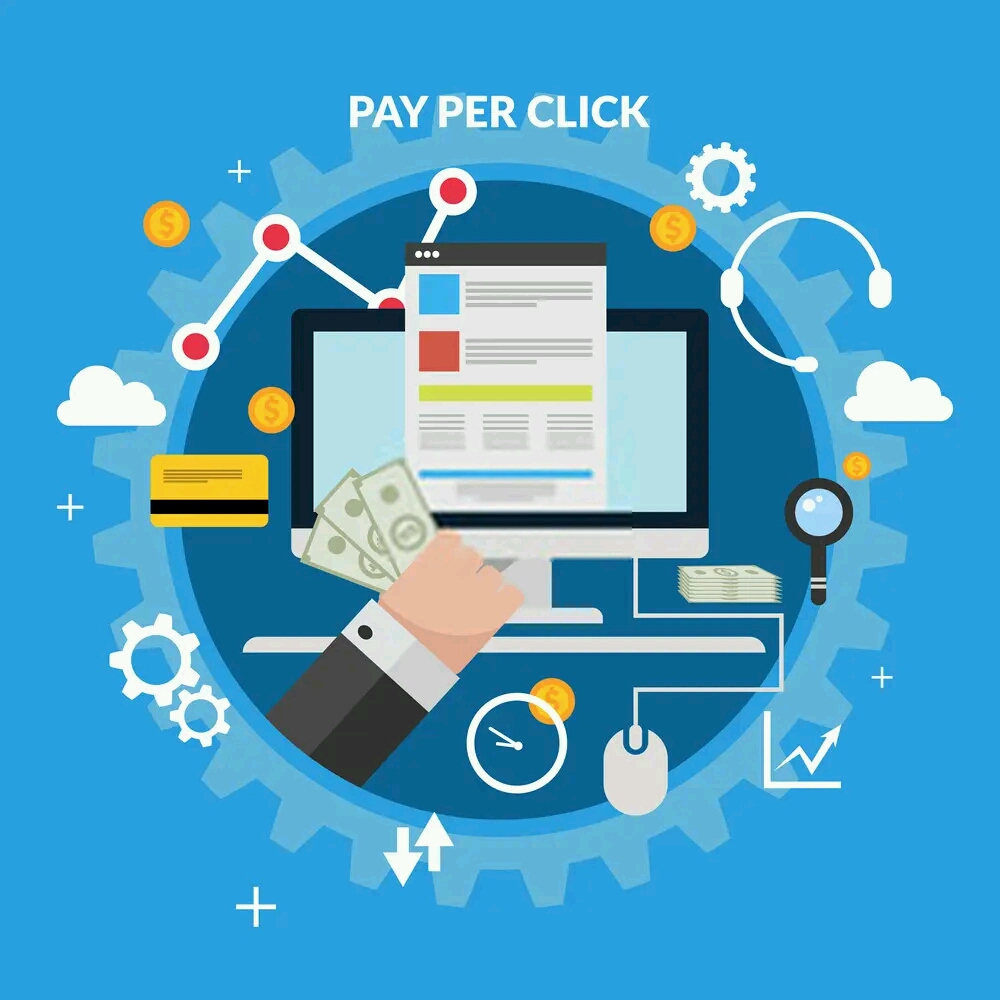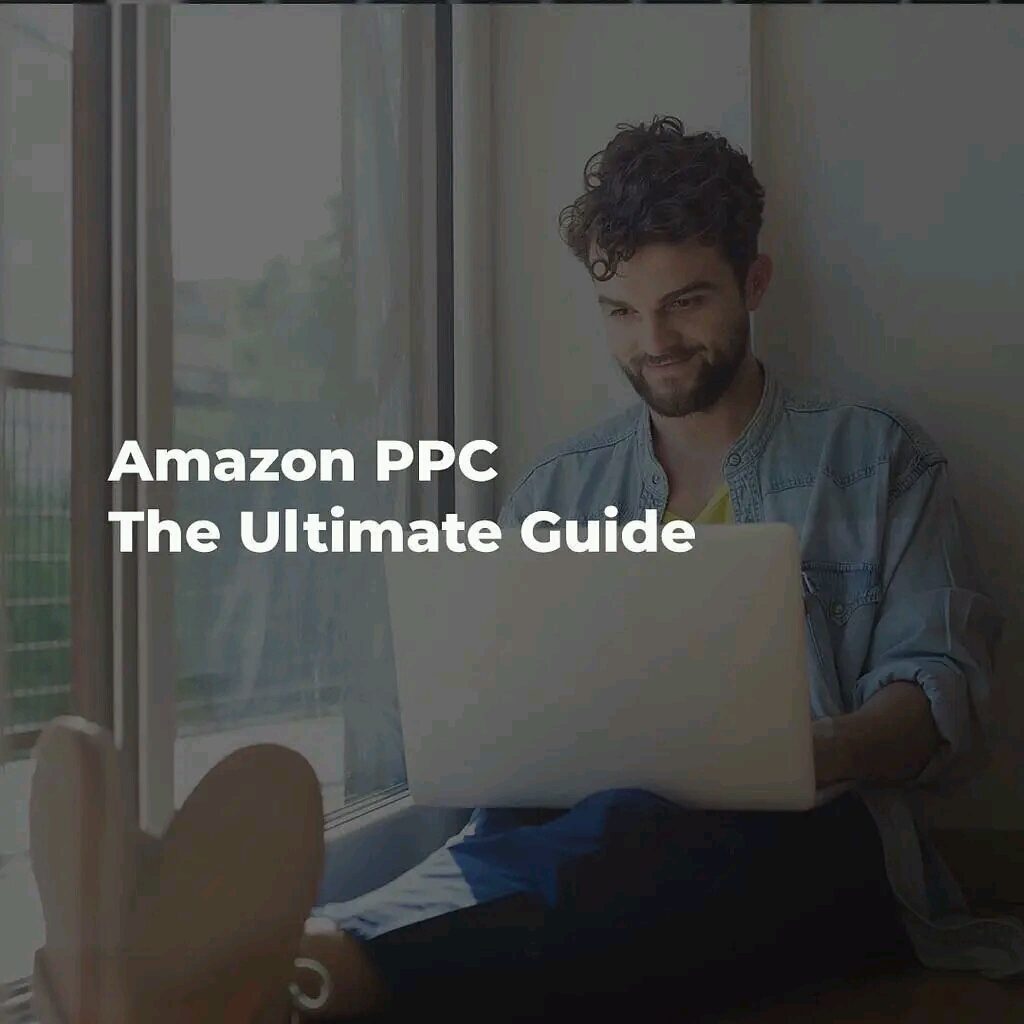WHAT IS AMAZON PPC AND KEY TERMS IN AMAZON PPC (PAY-PER-CLICK)

WHAT IS AMAZON PPC AND KEY TERMS IN AMAZON PPC (PAY-PER-CLICK)
I came across terms such as PPC, CPC, ACoS etc. I wanted to know more about these terms. So as a result, I started learning about PPC on the different platforms.
I gained a lot of knowledge and understanding of what PPC is, why it is important and the possible strategies we can adopt to ensure a successful PPC campaign.

I also noticed that a lot of people are struggling with the concept of PPC.
Through this article, I hope to share my knowledge with you in a way that will bring about a good level of understanding and comfort with regards to PPC.
If you are able to master PPC, then working with Google AdWords is going to be easy.
In this this article, titled; What is Amazon PPC and key terms in Amazon PPC (Pay-Per-Click) let’s get started with familiarizing ourselves with some key terms:
AMAZON PPC (PAY-PER-CLICK) – is an advertising method on Amazon, where the advertiser pays a fee to Amazon when a shopper clicks on their ad (pay-per-click).
AD FORMATS – Amazon offers three types of ad formats: Sponsored Products, Sponsored brands and Sponsored Display.
BUY BOX – Is the white box on the right side of the product details page where shoppers can click “Add to Cart” or “Buy Now”.
TOP-OF-THE-FUNNEL – Is a term used to describe the first stage of a buyer’s journey. Meaning the buyer has not yet decided what to buy and is open to suggestions.
BOTTOM-OF-THE-FUNNEL – Is a term used to describe the stage where the buyer is ready to make a purchase.
CPC (COST-PER-CLICK) – CPC is not PPC. It is a part of PPC. CPC is an indicator that enables you to measure how much each click costs when a shopper clicks on your PPC ad.
IMPRESSIONS – Number of times your ad appears to the shopper against their search terms or on a product detail page.
CTR (CLICK-THROUGH RATE) – The number of clicks that your ad receives in comparison with the impressions. For example, if your ad received 1000 impressions and is clicked 100 times, then your CTR is 10%.
CR (Conversion Rate) – The percentage of customers who buy from you when they click on your PPC ad.
ACoS (ADVERTISING COST of SALE) – It is a metric you use to measure the performance of your Amazon PPC ad campaigns.
KEYWORDS – Are specific words you use in your product listings, backend and ad campaigns that helps Amazon to search for your listing against customer search terms.
SEARCH TERMS – These are words or phrases that the customer types into Amazon to search for products.
KEYWORD MATCH TYPES – This determines the ad targeting accuracy. There are three match types: Broad, Phrase and Exact.
LONG TAIL KEYWORDS – Are a group of keywords that are more specific for your products used by your buyers. Customers choose to use these keyword phrases if they are close to purchasing a product of their choice.
TARGETING – A term that refers to the approach used to target your ads to relevant customer search terms using either keywords, product ASINs or category.
NEGATIVE TARGETING – A term that refers to the approach of avoiding the ad being displayed against unwanted customer search terms.
AUTOMATIC TARGETING – Amazon targets your ads to relevant customer search terms / products using keywords in your product listing.
MANUAL TARGETING – You have to manage which keywords/products to use for ad targeting, which keywords to bid on and which keywords to avoid (negative targeting).
PRODUCT TARGETING – Lets you target specific products, brands, categories, or other product features that are similar to your sponsored products.
BID – The highest amount you are willing to pay to amazon for a keyword, so that your ad is placed on the top when your keyword matches with a customer search term. You only pay the amount when the customer clicks on the ad.

Now, let’s move further to discuss what is Amazon PPC is all about in this post titled; WHAT IS AMAZON PPC AND KEY TERMS IN AMAZON PPC (PAY-PER-CLICK)
So What is Amazon PPC?
Amazon PPC (Pay-Per-Click) is an auction-style system in which merchants bid on keywords.
When an Amazon customer performs a search for a product, the sellers with the highest bids on relevant keywords win the auction, and their product ads get listed as a “Sponsored Product” in the search results. Advertisers only pay the bid price if their sponsored product ad gets clicked.
Since Amazon PPC campaigns are auctions, you will only have to pay one cent more than your competitor for the ad placement in the search results.
That is if you bid $3 for a keyword, but your competitor only bid $1, Amazon would only charge you $1.01 for the ad placement. But remember, Amazon sellers only pay when their ad gets clicked, not every time it appears in the search.
Is Amazon PPC Worth Paying For?
Yes, advertising on Amazon is worth it and the number one way to increase traffic to your product.
What’s special about Amazon is they already have the visitors. Why would you start with an off-Amazon site and try to generate traffic to a brand new site when Amazon is where the customers are hanging out.
Additionally, Amazon visitors are ready to make a purchase when visiting the eCommerce site. In 2016 Bloomreach reported 55 percent of consumers to begin their search on Amazon when they are looking to make a purchase. Amazon gets over 2.3 billion visitors a month, you just have to get their attention.
The crazy thing is advertisers are just now realizing the power of Amazon Advertising.
Organic Sales vs. Amazon PPC Sales.
Like any search engine marketing, there are organic search sales and paid search sales. Organic sales on Amazon happen when a customer discovers and purchases your product without you sponsoring that product for better placement on Amazon’s search results.
To optimize your organic sales, you want to focus on Amazon Search Engine Optimization (SEO).
Paid Search or Amazon PPC sales happen when a customer discovers your product through an advertisement on search results.
Sponsoring your products with Amazon Ads is the fastest way to get your product to the top of Amazon’s Search Results Page (SERP) so that you can generate more traffic.
Seller Central vs. Vendor Central
There are two selling platforms for Amazon sellers: Seller Central and Vendor Central.
Seller Central is for third-party sellers. Think of third-party sellers as small business owners who sell their products directly to customers on Amazon’s website. These sellers can also choose to personally ship products to their customers, or let Amazon fulfill their shipping method, earning their product the Amazon Prime badge.
Vendor Central is for first-party sellers, usually larger businesses that sell directly to Amazon, and then Amazon sells to its customers. Because vendors are selling directly to Amazon, their product automatically receives the Fulfilled by Amazon (FBA) Prime Badge.
Amazon PPC Keywords And Match Type
When creating an ad campaign, you will need to choose the keywords you want to bid on (note: “keywords” can be more than just one word). Then, if a customer’s search term matches up with your keyword, your ad qualifies to display in front of the customer in the search results.
For every keyword you choose, you will also need to select a match type. Match type refers to the way your keyword matches the user’s actual search on Amazon.
There are three types:
Exact Match: Your ads, Amazon will only show in front of the customer if their search terms are an exact match to your keyword (with the exception of plurals and slight misspellings).
Phrase Match: As long as the customer’s search terms contain your keyword phrase (without being broken up by other words), your ad will qualify.
Broad Match: The customer’s search terms just need to contain all the words from your keyword (but they can be in any order).
Keyword research is one of the main pillars of successful advertising campaigns and search ads so don’t neglect keywords research.
Negative Keywords
If keywords are the search terms you want to show up for, negative keywords are the terms you don’t want to show up for. Negative Keywords can help you avoid wasting ad spend on irrelevant or unprofitable search queries.
Amazon’s algorithm will only let your product show for relevant terms, so don’t worry about adding every keyword you can think of as a negative keyword.
SEE ALSO : AMAZON DROPSHIPPING BUSINESS : ALL YOU NEED TO KNOW
Hope this article helpful to you.
Comments are closed.